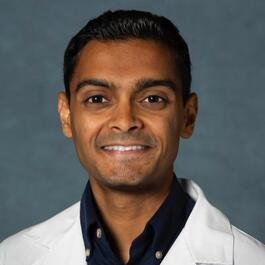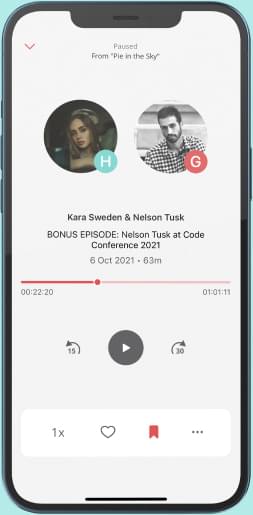
Ep. 150: “Brain Organoids in Space” Featuring Dr. Alysson Muotri
Guest: Dr. Alysson Muotri is a Professor in the Departments of Pediatrics and Cellular & Molecular Medicine at the University of California, San Diego (UCSD) School of Medicine, and Co-Director of the UCSD Stem Cell Program. His research focuses on modeling neurological diseases using human iPSCs, and he is leading a project investigating the effect of microgravity on human brain organoids. Featured Products and Resources: STEMdiff™ Cerebral Organoid Kit Organoid Research Resources Resources and Links Detecting an Unreported Zika Outbreak using Genetics - By sequencing Zika virus and analyzing travel patterns, a previously unreported 2017 Zika outbreak in Cuba has been identified. Ketogenic Diet Supports Intestinal Stem Cell Proliferation - Researchers have found that ketone bodies enhance the activity of intestinal stem cells, while a glucose-rich diet has the opposite effect. Cancer Cells 'Corrupt' Their Healthy Neighbours - Scientists have developed a technique whereby metastatic cancer cells release a cell-penetrating fluorescent protein, allowing them to study the tumor microenvironment. 3D Heart Cell-on-Chip Platform - Investigators have developed an organ-on-an-electronic-chip platform, which uses biosensors to measure the electrophysiology of 3D cardiac spheroids. Photo Reference: Courtesy of Dr. Alysson Muotri Subscribe to our newsletter! Never miss updates about new episodes. Subscribe
From "The Stem Cell Podcast"





Comments
Add comment Feedback